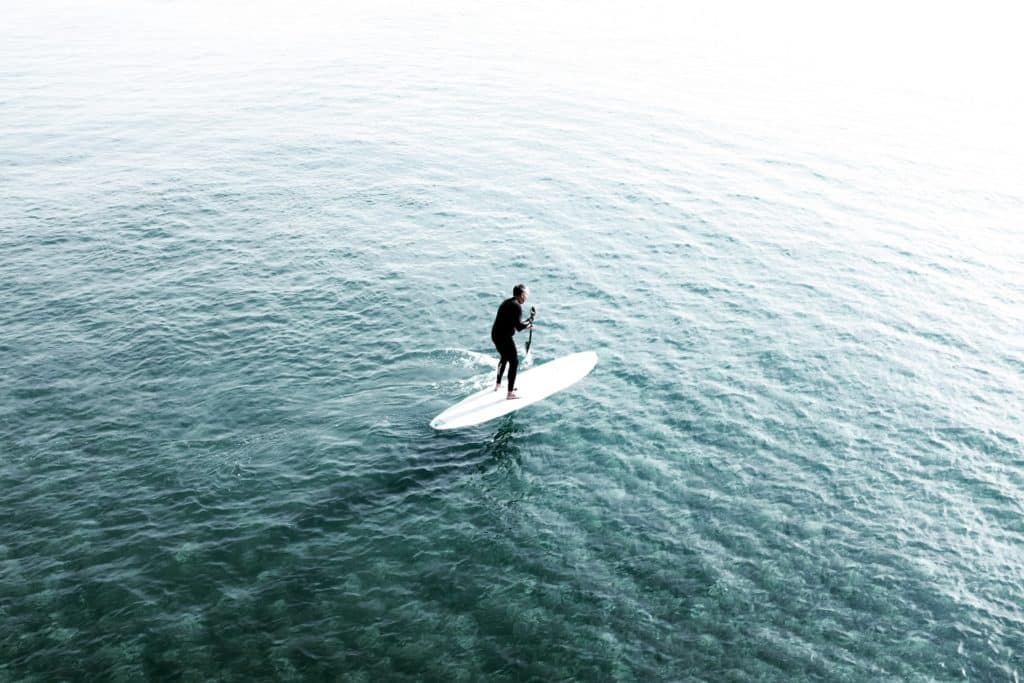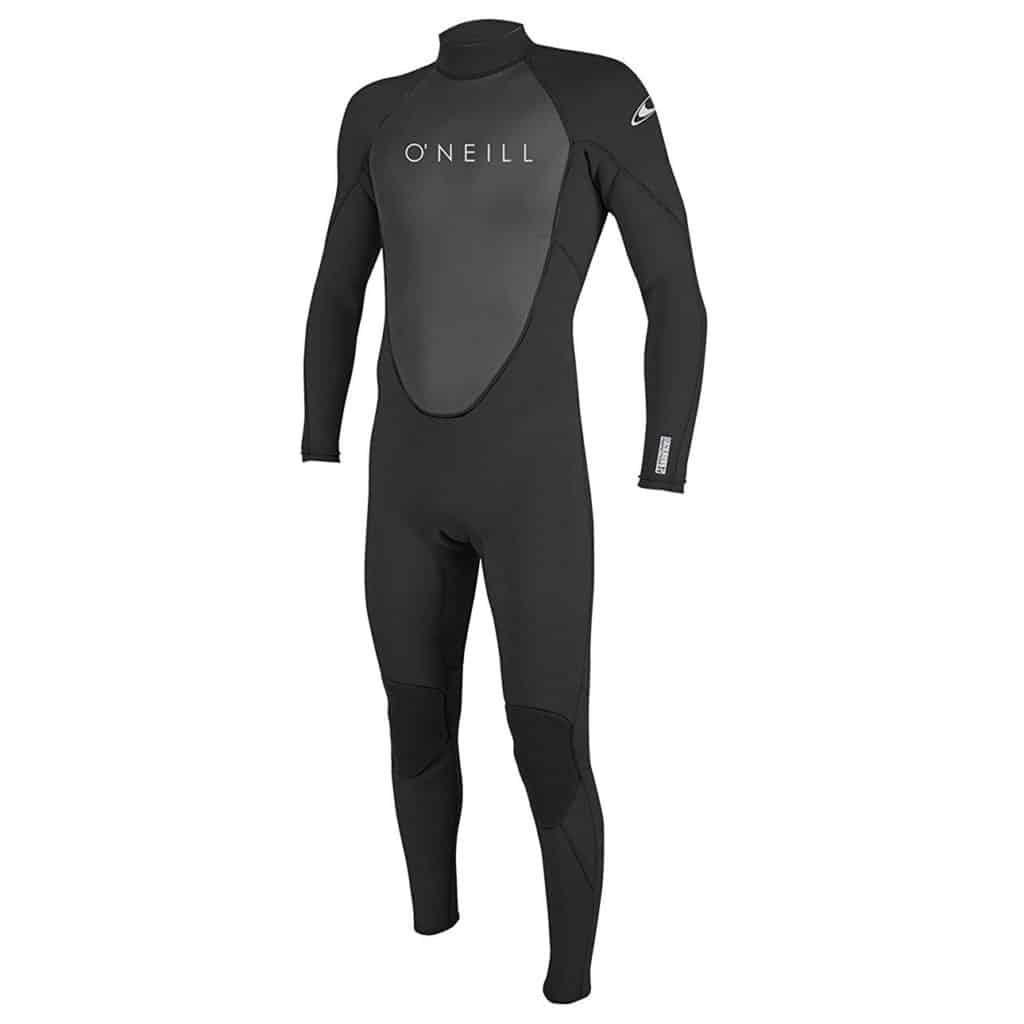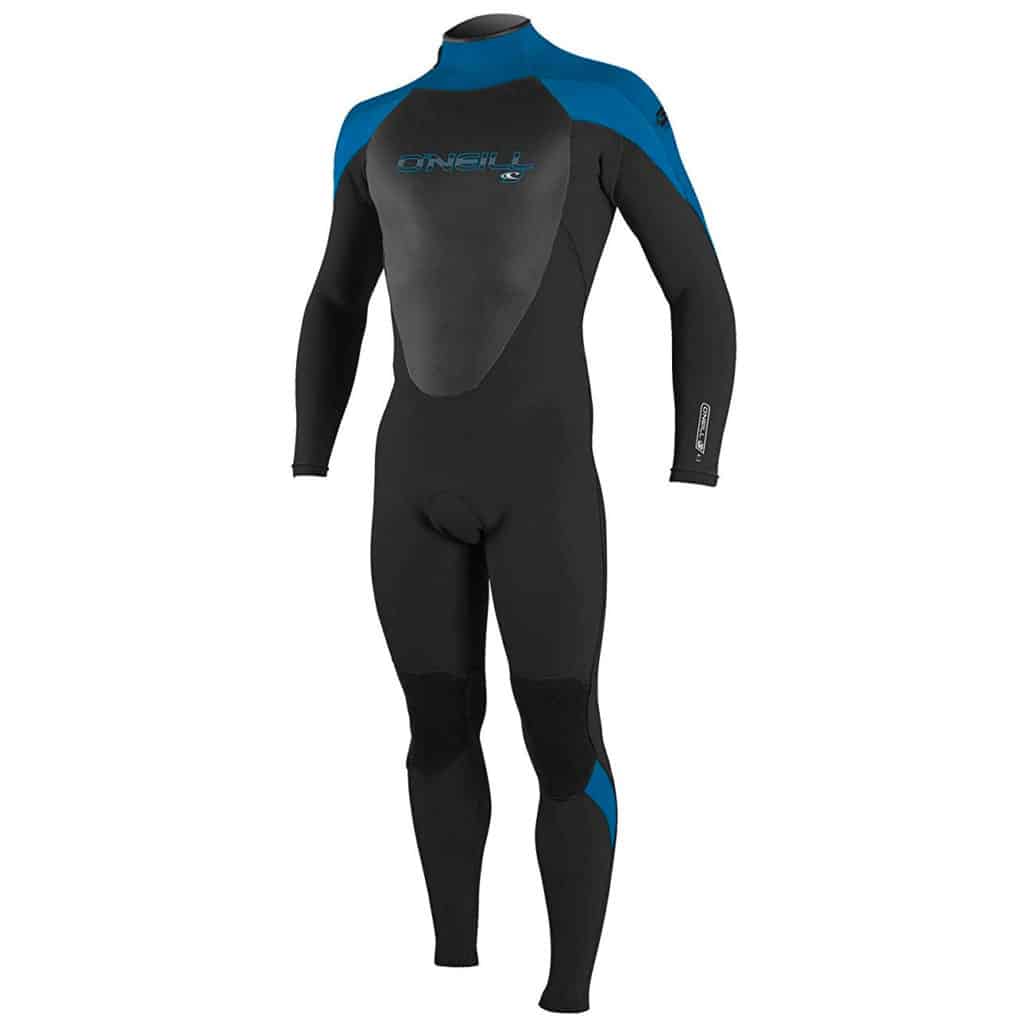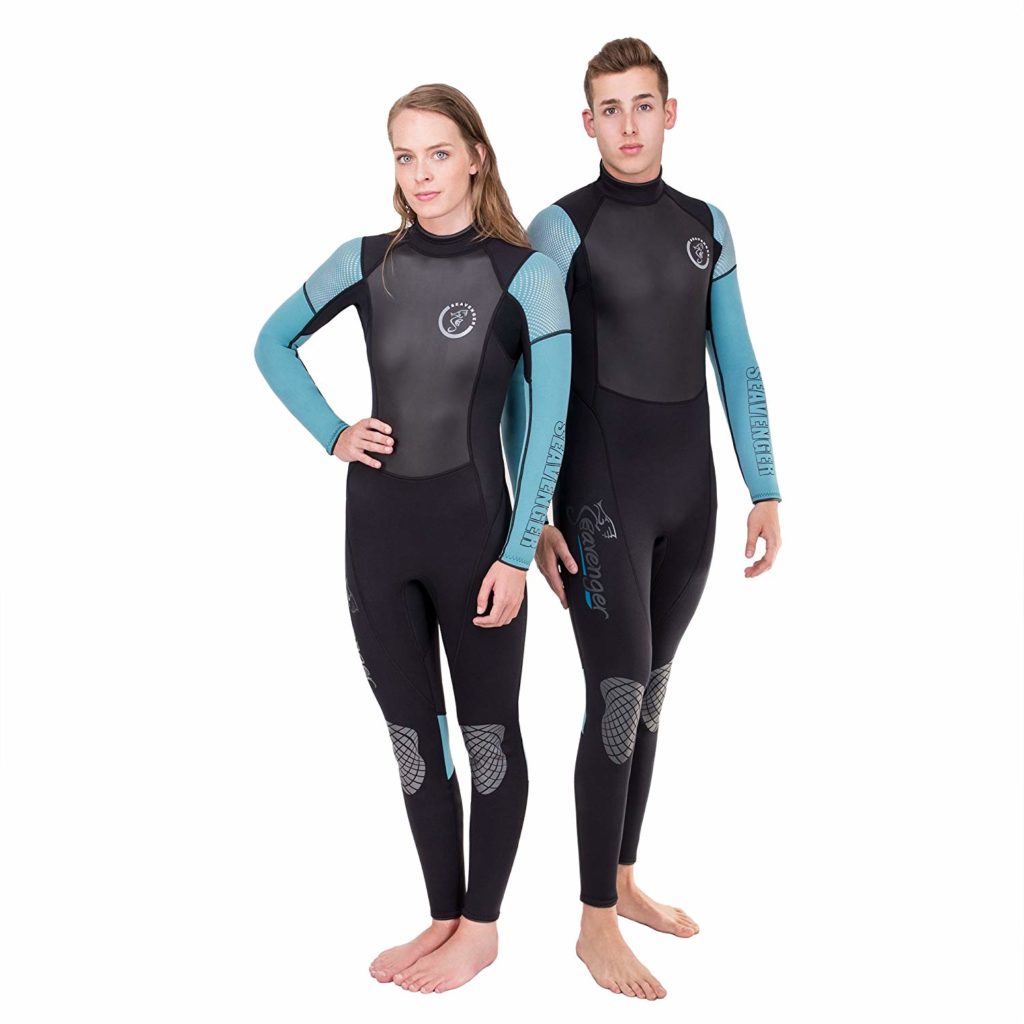
Whether your activity is a tow sport behind the boat, standup paddle boarding or diving below the surface, a wetsuit can keep you not only more comfortable but also allow you to extend your season long after temperatures begin to cool. Here are three things to consider before buying a wetsuit.

What’s Your Activity?
Most modern wetsuits are versatile enough to be used for multiple activities, but if you’re buying for one or two in particular there’s probably a suit that performs better than average. Wakeboarding, wakesurfing or skiing? A full one-piece will fit the bill for cooler temps; try a shorty, or spring suit, for warmer days. Riding personal watercraft? A john and jacket combo is not only versatile, but may prove more comfortable during continuous hours in a seated position.

How Cold Is It Going To Be?
Wetsuits are designed to trap and heat a thin layer of water sandwiched between the suit’s neoprene and your bare skin, but it’s the thickness of that neoprene that determines how warm the suit will be…and in what temperatures it will work best. Suits typically range from 1-6mm in thickness. Combining multiple thicknesses allows manufacturers to offer more warmth in vital areas like the torso while retaining flexibility in areas with more movement.

Construction
While neoprene may form the core of a wetsuit, smoother, less “grippy” nylon, lycra or spandex is typically added to the interior to make the suit easier to pull on and off. Nylon may also be added to the exterior to protect the neoprene from damage and add a pop of color. Neoprene panels are stitched together. Flatlock stitching results in a more comfortable interior seam as it lays flat against the skin. Blindstitching, where the needle never fully pierces the materials from front to back, or gluing and taping, is often used on cold water wetsuits to limit water intrusion.








